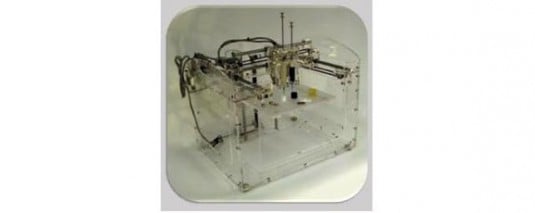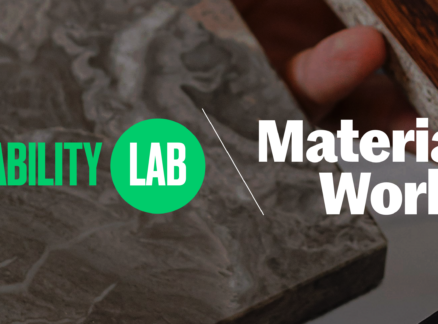
December 2, 2011
Lab Report XII
3D printers are today’s reality. Architecture training programs in the U.S. use them to help students express their designs without investing copious hours building physical models. But until now, 3D printing technology has had limited practical use. Beyond illustrating student projects or fabricating discrete mechanical parts, the reality of 3D printing for the general public […]
3D printers are today’s reality. Architecture training programs in the U.S. use them to help students express their designs without investing copious hours building physical models. But until now, 3D printing technology has had limited practical use. Beyond illustrating student projects or fabricating discrete mechanical parts, the reality of 3D printing for the general public has not been realized. Now it is.
Image via Cornell Creative Machines Lab
At the Cornell Creative Machines Lab’s 3D printing group, researchers across several disciplines have used an approach that combines accessibility and ease of use with a very high degree of technological innovation. The result is the Multi-Material 3D Printing machine, which can build almost any object designed in CAD. Even more exciting, the researchers at Cornell have made a printer that will build not just parts or components, but complete devices or objects that can be used immediately after printing. Objects can range from electrical to medical devices, as this partial list begins to describe what the printer can make: complete zinc-air batteries, inductors and electromagnets, and even living replacement cartilage based on medical imaging. The future, it seems, is happening now.
 Model 2 Fab@Home, Image via Cornell Creative Machines Lab
Model 2 Fab@Home, Image via Cornell Creative Machines Lab
Of course, one problem with this technology is that it is expensive, so its scope is still limited. But Cornell has a solution for that, too: a 3D fabricator designed for personal use. Begun in 2006 by a team in the Computational Synthesis Lab, Fab@Home is an open-source collaboration. As a consequence, this project has received input on design innovations, as well as on more practical issues such as cost-effectiveness. Together with collaborators such as Centro de Tecnologia da Informação Renato Archer (CTI) in Campinas Brasil, Koba Industries, and McGill University’s Center for Intelligent Machines, the printer has incorporated such technologies as an UV-cure adhesive, a wooden fabricator, and a special “FabEpoxy” to allow the widest fabrication possibilities. These may include fabrication materials like silicone, cement, stainless steel, cake frosting, and cheese.
What’s more, the second-generation model can be built using readily available components and can accommodate user-defined software applications. While the developers prompt people to “Imagine a world in which a meal, a replacement part a customized toy, and nearly any other conceivable object is just a few clicks away…no more settling for un-customized products,” the possibilities, as ever, transcend the original vision. In other words, the uses for such a device are not just for consumption, but for innovations and inventions by individuals who might not otherwise be able to realize their visions. Such visions can improve the technological discourse as well as our lives.
Previous Lab Reports –
Sherin Wing writes on social issues as well as topics in architecture, urbanism, and design. She is a frequent contributor to Archinect, Architect Magazine and other publications. She is also co-author of The Real Architect’s Handbook. She received her PhD from UCLA. Follow Sherin on Twitter at @xiaying.





